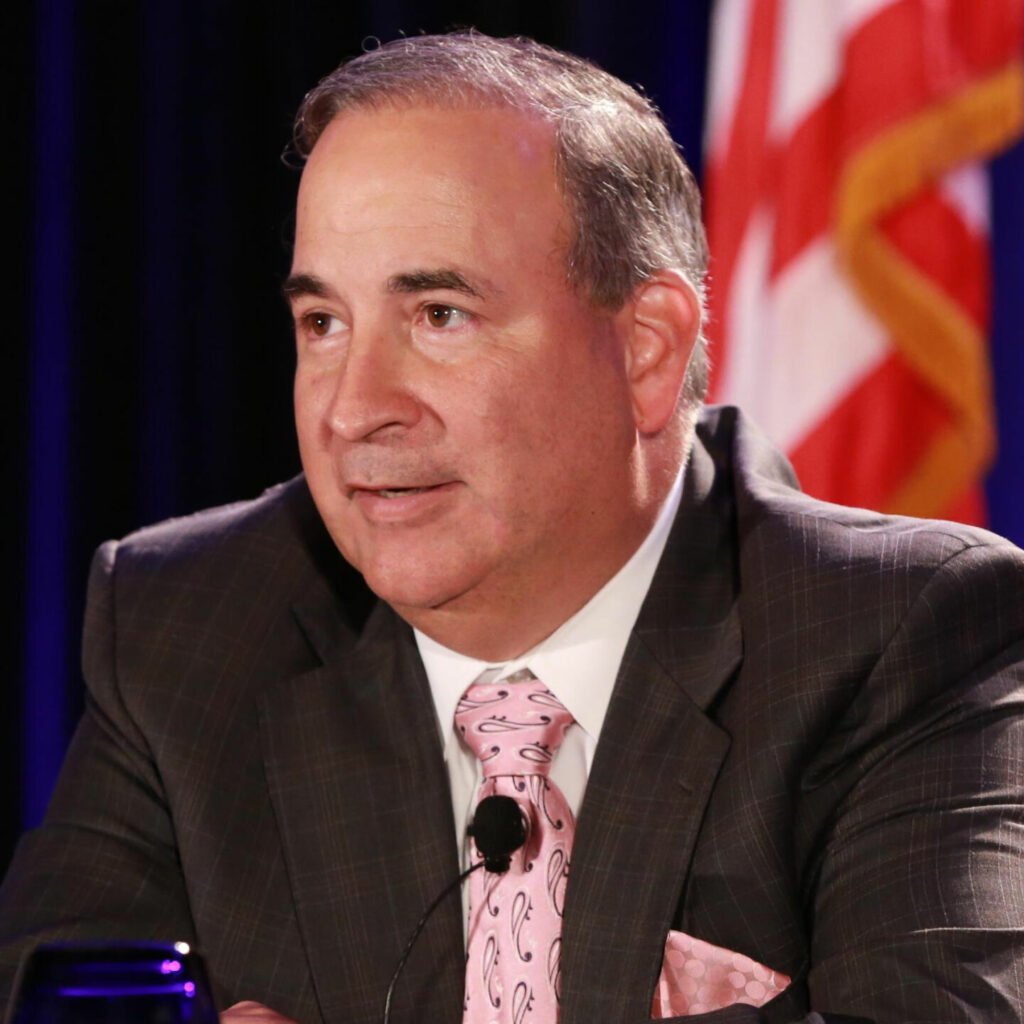Time’s right for U.S. Senate Colorado River Caucus | OPINION


Water, the stuff of life, behaves differently than most other matter in our universe: as it cools to take its solid form, it expands. This thermodynamic fact (called anomalous density) affords water the power to split solid granite. Water has also proven capable of dividing sovereign nations states, and tribes. The water in the Colorado River is performing this function right now.
Colorado River management and stewardship requires a forum where shared interests can be leveraged for the good of the entire system; a forum where constituent voices can be heard and considered en route to sound national policy; a forum equipped with solution-making capability and the legal authority to act. Fortunately, such a forum exists: the United States Senate.
Modern Colorado River system management has been negotiated among seven states and our federal government, with the Republic of Mexico periodically participating on targeted issues impacting its share of the river. Until 2020, this structure proved prolific, albeit sporadic, and reliable. It produced two interstate compacts, an international treaty, a plethora of treaty “minutes” (or amendments to the treaty), numerous federal laws and several management and operations agreements. The last two successful “stress tests” of this governance structure produced the 2007 Guidelines for Lake Powell and Lake Mead Operations, in response to the 2002 drought, and the 2019 Drought Contingency Plan, in response to the remodeled implications of climate change on the river. Alas, this governance structure is failing the current stress test and needs an assist. Too much ink has been spilt chronicling the aridification of the Colorado River to rehash the situation here (in essence, climate change has cut the river in half in the past century and seems on track for further decline).
Stay up to speed: Sign up for daily opinion in your inbox Monday-Friday
On interstate issues, like water, one of the U.S. Senate’s biggest criticisms – equal representation regardless of population – is its greatest strength. Fourteen members (nine Democrats, four Republicans, one independent) hail from diverse Colorado River Basin states. In fact, the much-less populated Upper Division States (Colorado, New Mexico, Utah, Wyoming) count eight senators while the more populated Lower Division States (Arizona, California, Nevada) count six. The federal government serves as guardian to the 30 federally recognized American Indian tribes in the basin. These factors taken together mean, though far from perfect, the Senate is a “Goldilocks” forum – just about right – for the task at hand.
The time for a Colorado River Caucus in the U.S. Senate is right. Every December, water users, elected officials, appointed bureaucrats, ditch and utility managers, engineers, and lawyers gather in Las Vegas at the Colorado River Water Users Association conference. Water users would do well to consider the Caucus as a forum where progress can be made both leading up to and beyond the 2026 deadline for a new management protocol. Moreover, the United States needs to capitalize on its ability to grow food and fiber for itself and its allies in the face of geopolitical risk to supply chains and global trade. Like it or not, the Colorado River Basin has become very efficient at producing agricultural and industrial products important to our national security.
Thanks to the leadership of Colorado U.S. Sen. John Hickenlooper, the Colorado River Caucus within the U.S. Senate emerges as a pragmatic solution to the infighting and blame casting currently gripping the historic decision-making structure. Sen. Hickenlooper, once a governor in a state that is no stranger to water conflicts, has the experience of bringing leaders together to find solutions to the wicked problem of doing more with less. Managing our demands is, therefore, one of the few tools we possess. Rather than allowing insular local politics to drive water policy in a self-defeating quest to best a sister or parent jurisdiction, our national interests compel us to examine the bigger picture and act in our shared interest. A stronger Arizona benefits California and the other states, and vice versa. Rather than out-competing each other for a scarce resource, we should be laser focused on market-based solutions for western U.S. water (like compensated water conservation, regional groundwater management and graywater reuse). A Senate caucus has the ability to shed the toxic intra-national competitiveness we seem to relish, and don the suit of national cooperation, that makes the United States unbeatable.
Water has shown its ability to divide, but another of water’s properties is its power to bond. Hydrogen atoms allow water to stick to itself and other molecules (called cohesion). Water has also proven capable of uniting water users for common benefit and for the health of an entire system. The water in the Colorado River is capable of this function right now.
The creation of a Colorado River Caucus stands as a beacon of hope in the face of adversity. It offers a unique opportunity to transcend political divides and forge a path toward sustainable, equitable and resilient water management. The challenges are formidable, but the consequences of infighting or inaction are far more damaging. The U.S. Senate has recognized the urgency of the moment and can help navigate these troubled waters with wisdom, foresight and a united commitment to the future of the Colorado River.
James Eklund, a fifth-generation Coloradan, leads the water law practice at Sherman & Howard, the state‘s oldest law firm; ranches in the Colorado River Basin at Norse Sky Ranch (established 1888); previously served as Colorado‘s lead water policy official as the architect of Colorado‘s Water Plan (2015), and was Colorado‘s signatory to the Colorado River Drought Contingency Plan (2019).













